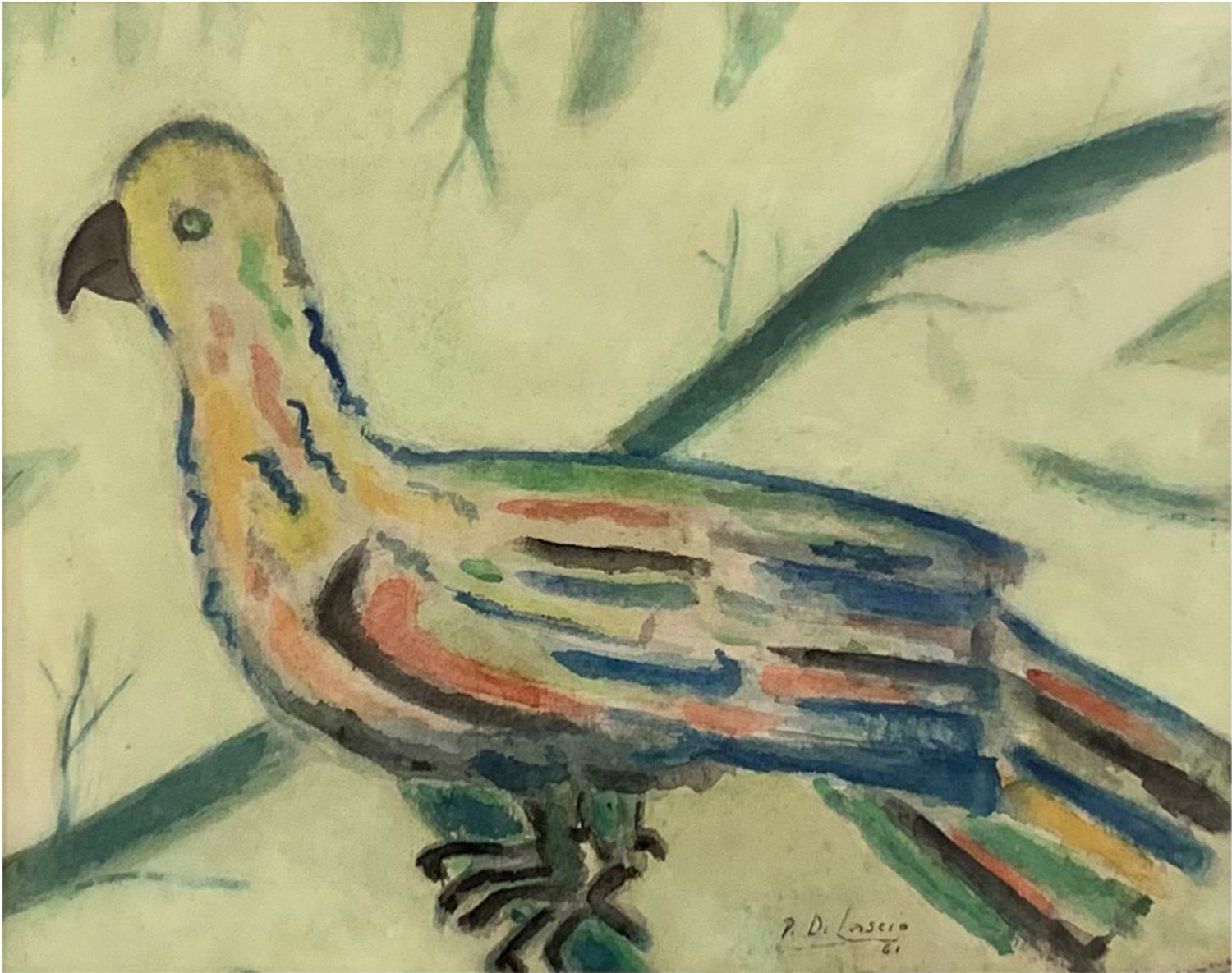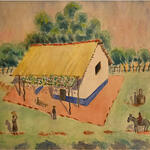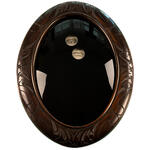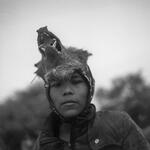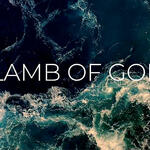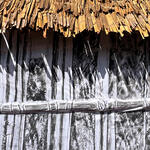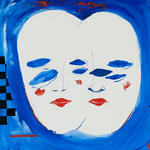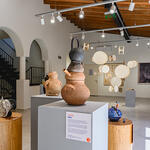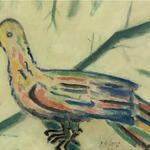Pedro Di Lascio
Bio
Pedro Di Lascio (Asunción, 1900–1978) was a distinguished Paraguayan painter and printmaker, a disciple of Jaime Bestard, Ofelia Echagüe Vera, and João Rossi.
Linked to the renewal movement of Paraguayan visual arts, he exhibited from the mid-1950s until 1977, receiving major recognitions such as the First Painting Prize from the Paraguayan-American Cultural Center (1956 or 1964, depending on sources) and an Honorable Mention at the IV Print Biennial in Santiago de Chile (1970).
His work has been admired for its spontaneity and aesthetic quality: Livio Abramo praised the “softness of forms, strong color expressiveness, and poetic sense” that give genuine artistic value to his naïve painting.
Critics such as José Luis Appleyard highlighted his authentic audacity and the purity and intensity of his colors, while Carlos Colombino noted his distinctive use of primary contrasts and overlapping forms.
His works are part of major collections and museums both nationally and internationally, including the Julián de la Herrería Museum and the Museo del Barro in Asunción, the Italo-Latin American Institute in Rome, the Museum of Hispanic Culture in Madrid, the Hispano-American Museum in Montevideo, as well as private collections in the United States, Europe, and Latin America.
Statement
Pedro Di Lascio’s practice focuses on naïve art, featuring vibrant color and poetic sensitivity. His works depict everyday Paraguayan life, blending simple forms with expressive, harmonious compositions.
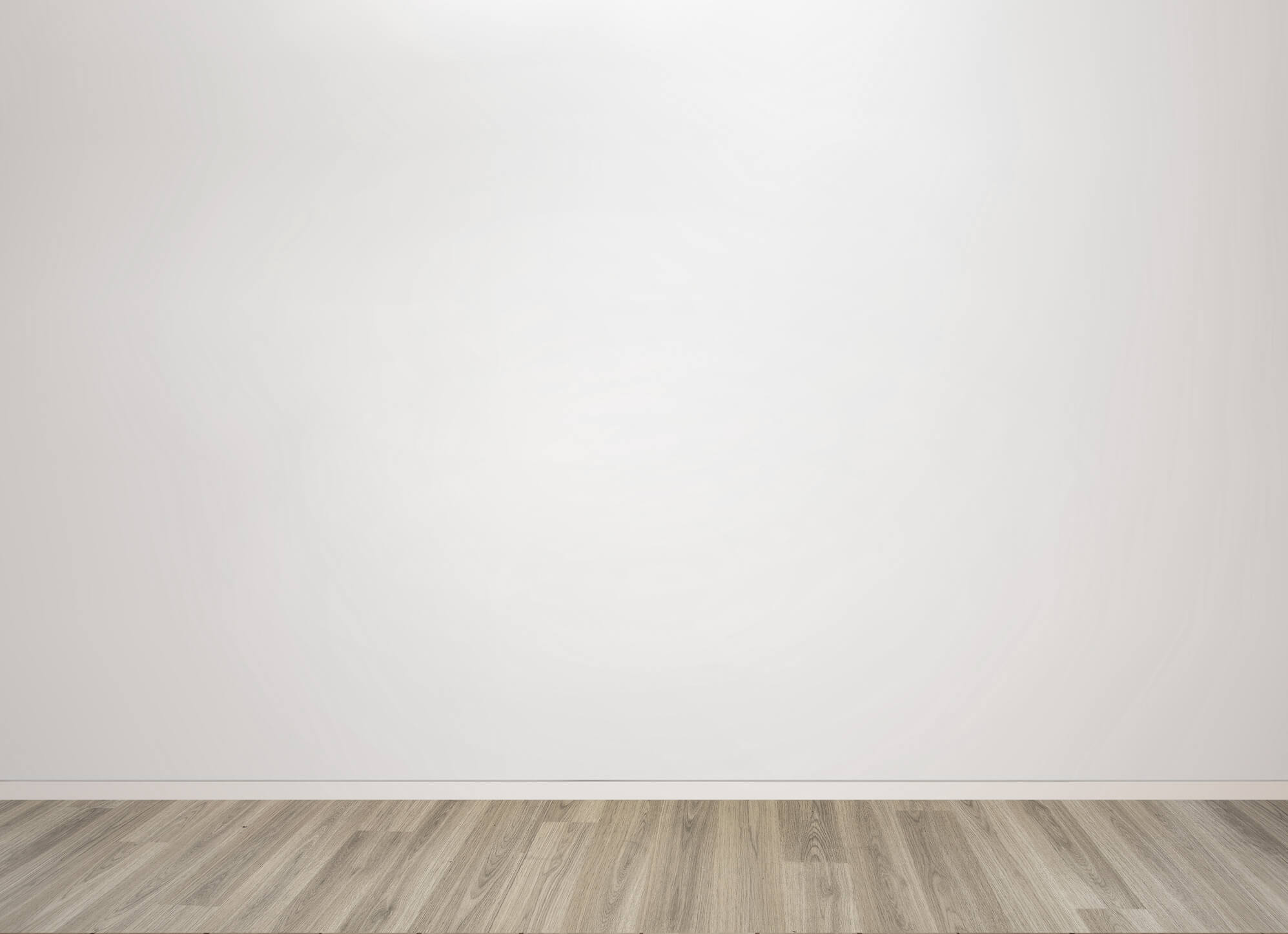
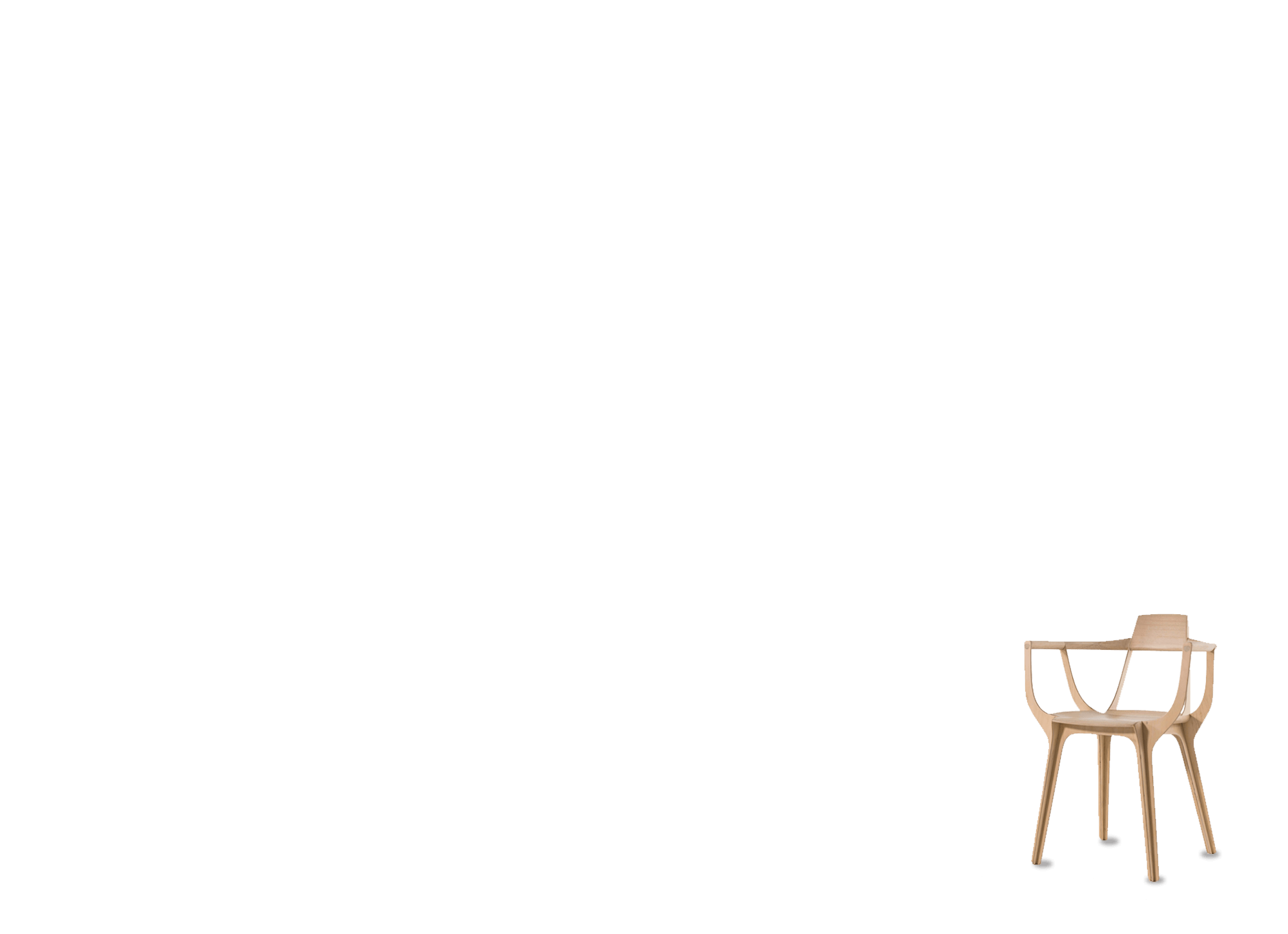
2.5 x 4m / 98.4 x 157 in
